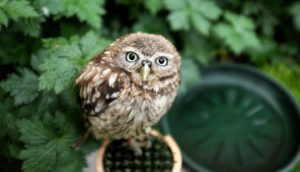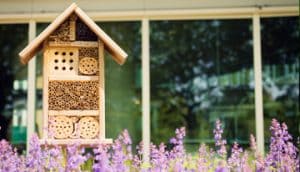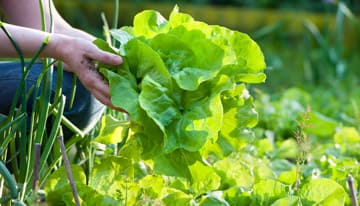
An in-depth guide to wildlife gardening, including expert tuition.
Turn your garden into a wildlife haven with our comprehensive course!This 6-module course is for the keen wildlife gardener who would like to learn how to plan and maintain a garden that is a haven for wildlife. Includes all required study material, supplementary reading and expert, one-to-one tutor support. The course material is delivered in a pdf format directly to you email address.
The course is packed with practical tips and ideas. It includes advice from wildlife experts and botanists as well as successful wildlife gardeners. In addition the course explores the latest research in this field.
When you become a student you’re assigned an expert personal tutor who you can contact at any time by email and who will work with you throughout your course. A member of our team is also available by instant chat between 9 am and 9 pm, 7 days a week, to answer any questions you might have at time to suit you.
Accredited Qualification
- Edinburgh Garden School Certificate in Wildlife Gardening
A detailed practical guide for gardeners wishing to create a wildlife-friendly garden, including suggestions for wildlife homes, food and water sources, and creating a balanced ecosystem that is good for both wildlife and people!
Louisa Deepin
Wildlife Gardening Tutor

Course Outline
Subjects covered include: Creating a balanced and abundant wildlife garden; creating a healthy soil; the role of hard landscaping; key design elements; choosing the right plants for your wildlife garden; a complete planting plan; understanding planting elements; borders and beds; creating a wetland area; populating your pond; attracting new species into your garden; supplementary food sources for wildlife; effective assessment of a site; wildlife potential; understanding the hedgerow habitat; selecting the right species; hedgerows as wildlife highways
Module 1: Why a Wildlife Garden? Explore the importance of wildlife gardening. Underlying principles.
Module 2: Ecology in the Wildlife Garden. Creating a balanced ecosystem. Garden ecology. Understanding wild populations.
Module 3: More on Wildlife Garden Design. A full plan of your wildlife garden.
Module 4: The Wetland Habitat. The Wildlife pond. Boggy and marshy areas.
Module 5: The Woodland-Edge Habitat. Planting plan; selecting the right species; exploring natural woodlands. Shrub border. Hedgerows.
Module 6: Grassland and Biodiversity. Natural lawns and wild flower meadows.
Book Now – Online Course Only £195
The first batch of course material will be delivered within 2 hours* and you can then begin working through the material, print it off or save it to your computer. (*7 days a week, between the hours of 5am and 9pm uk time only; at other times we’ll send through your material as soon as we get back to our desks!)
Add Printed Notes
Your course material is delivered in a .pdf format directly to your inbox. You can then save the modules to your computer, so you can study when offline. You can also print your course material off if you wish.
If you prefer, you can order a printed copy of the course notes from EGS. These are despatched in large, A4 binders and delivered by courier. The cost is £70 including courier fees.
You will be offered the option to purchase a printed copy of the course notes after enrolment, but you can order them at any time during your course. This offer is only available to students currently enrolled on the course.


There are no hard rules to follow and it doesn’t matter how big your garden is – simply do as much as you want and have space for. The most important thing is to ensure wildlife can access your garden – those that fly should be able to get there easily enough, but what about those that crawl or hop? Dig holes beneath your fence or knock a few bricks out of your wall if you can, so wildlife can enter and exit your garden easily. After that, it’s up to you. Whether you plant flowers for pollinators, erect bird boxes, mow your lawn less often or dig a pond, your garden wildlife will thank you for it.